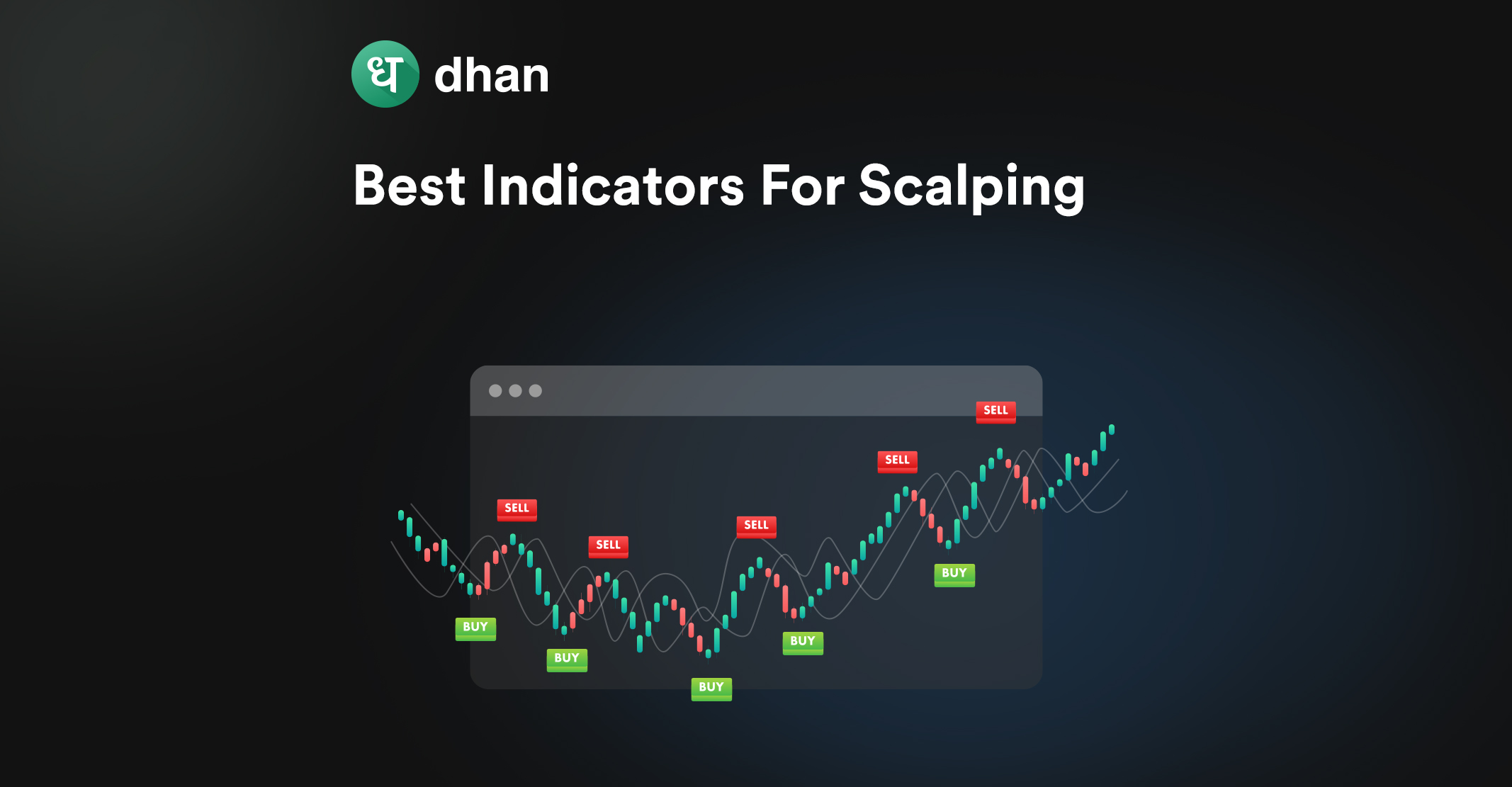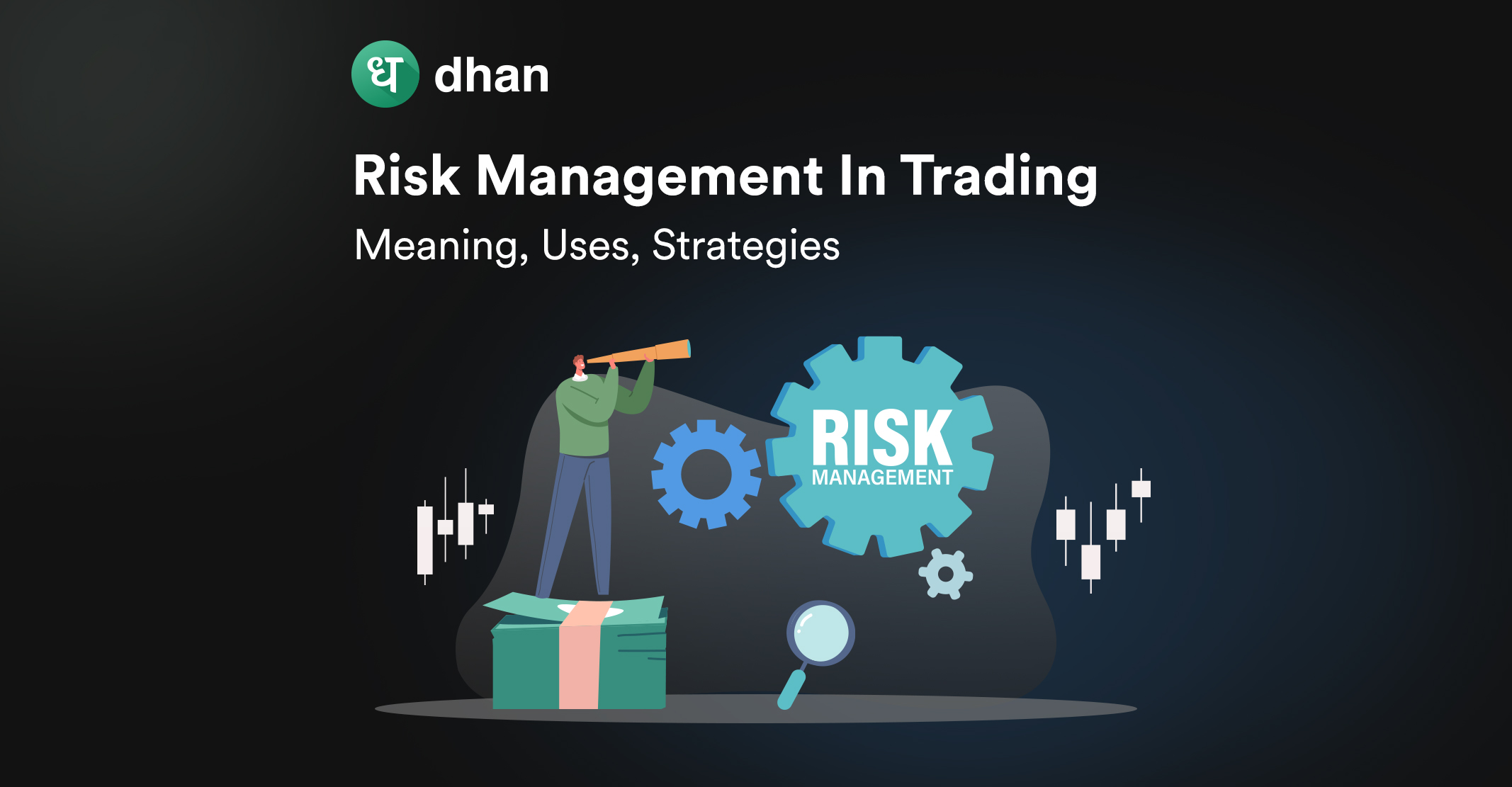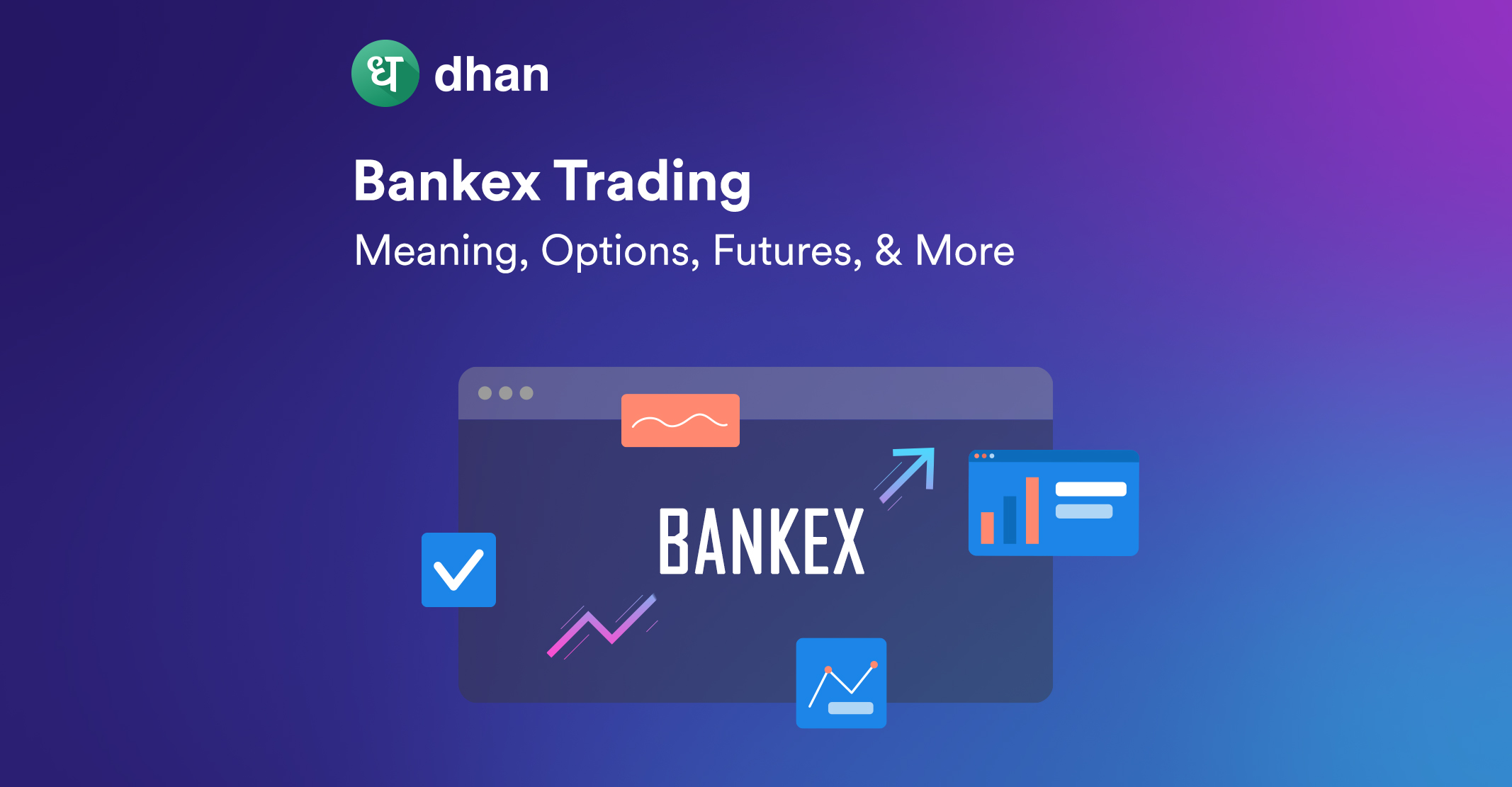Scalping is a short-term trading strategy that requires you to be precise and quick. The right indicators can help you in this journey to spot opportunities and make split-second decisions. This post will cover scalping indicators to help you capitalize on minor price swings and make a profit.
Best Indicators for Scalping
You need the right scalping indicators that provide quick and accurate signals if you are to enter and exit trades well. Here are some of the best indicators for scalping.
1. Stochastic Oscillator
The Stochastic Oscillator swiftly detects overbought (high) and oversold (low) conditions in an asset’s price movement, helping you pinpoint potential trend reversals.
When the Stochastic lines cross in the overbought region, it signals a potential sell opportunity. On the other hand, a cross in the oversold region suggests a buy opportunity.
This indicator’s speed and accuracy make it a vital tool for your scalping toolkit, aiding in timely entry and exit decisions.
2. Bollinger Bands
Bollinger Bands consist of three lines: a middle one (simple moving average) and two outer bands that expand and contract based on market volatility.
When the price approaches or touches these outer bands, it signals potential volatility and a chance for a breakout or reversal.
It’s a handy technical indicator to pinpoint entry and exit points during scalping. This helps you gauge market momentum and anticipate price movements.
3. Parabolic SAR (Stop and Reverse)
The Parabolic Stop And Reverse (SAR) indicator is a valuable technical indicator for your scalping strategy.
It highlights potential trend reversals by plotting dots above or below price candles.
When the dots switch positions, it signals a change in direction, guiding you to enter or exit trades.
This indicator keeps you in tune with rapid market shifts, an essential aspect of successful scalping.
4. Relative Strength Index (RSI)
The Relative Strength Index (RSI) assesses an asset’s momentum. When RSI climbs above 70, it signals overbought conditions, suggesting a potential price drop—your cue to consider selling.
Conversely, if RSI dips below 30, it indicates oversold conditions, hinting at a potential price rise—your signal to think about buying.
This indicator empowers you to make well-timed entries and exits in your scalping endeavors.
5. Parabola
When it comes to scalping, the Parabola indicator stands out. Its dynamic dots above or below price candles provide clear signals for entry and exit points.
This versatile tool effectively tracks short-term trends and helps traders stay ahead of rapid price changes, making it one of the best indicators for successful scalping strategies.
6. Moving Average
Scalpers often use short-term moving averages, such as the 5-period or 10-period, to swiftly identify trends.
These averages smooth out price data, making it easier to discern the direction of the market.
When a shorter-term moving average crosses above a longer-term one, it signals a potential buying opportunity, while a cross below suggests a potential selling opportunity, aiding scalpers in making quick entry and exit decisions.
7. Moving Average Convergence Divergence (MACD)
In your scalping strategy, consider using the Moving Average Convergence Divergence (MACD). This versatile tool offers a quick and comprehensive view of market conditions by combining two moving averages.
A bullish trend forms when the MACD goes above the single line and vice versa. It showcases potential entry and exit points as per the market trend. This enhances your scalping precision and potential for profit.
8. Exponential Smoothing
Consider using the Exponential Moving Average (EMA) as a scalping tool. Unlike the Simple Moving Average (SMA), the EMA prioritizes recent prices, offering finer insights.
Scalpers rely on it to gauge the current trend and pinpoint entry chances. When the price crosses the EMA, it can hint at prime buy or sell prospects, enhancing your scalping precision.
9. Volume-Weighted Average Price (VWAP)
Consider using the Volume-Weighted Average Price (VWAP) as your go-to scalping indicator. VWAP incorporates both price and trading volume, offering a more accurate representation of market sentiment.
Scalpers can use VWAP to identify optimal entry and exit points, helping you capitalize on short-term price fluctuations.
This dynamic indicator ensures you stay ahead of the curve in your fast-paced scalping endeavors.
To enhance your scalping experience, consider using Dhan. We offer advanced features and real-time data for informed and efficient trading.
How Scalpers Combine Indicators for Entry and Exit?
To excel as a scalper, you must combine indicators for precise entry and exit points. Use a mix of short-term moving averages to identify trends and confirm with oscillators like RSI for overbought/oversold conditions.
Typically, a scalper would enter a trader when multiple indicators align. For exiting a trade, the best scalpers deploy trailing stops or combine MACD with support/resistance levels.
Keeping it simple yet effective is crucial, as speed is pivotal to scalping right. Thus, you must practice and refine your strategy to master this fast-paced trading style.
Conclusion
When it comes to scalping, choosing the best scalping indicators is crucial for success. The right combination of tools, such as moving averages, RSI, and MACD, can provide valuable insights for quick and precise trading decisions. Remember, scalping requires discipline and a deep understanding of market dynamics.
Like this? Then you’ll love:



